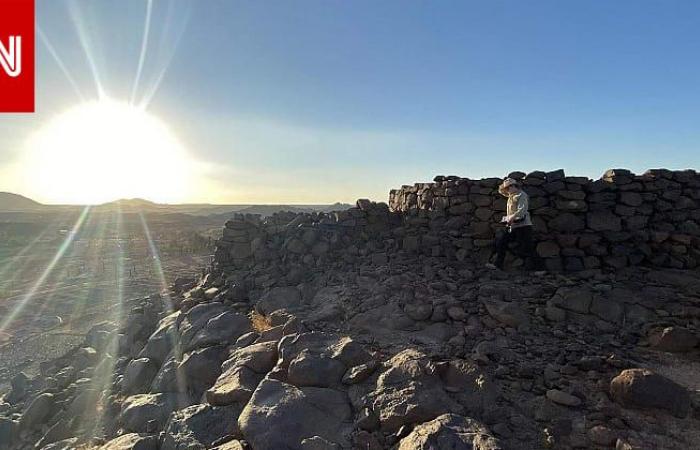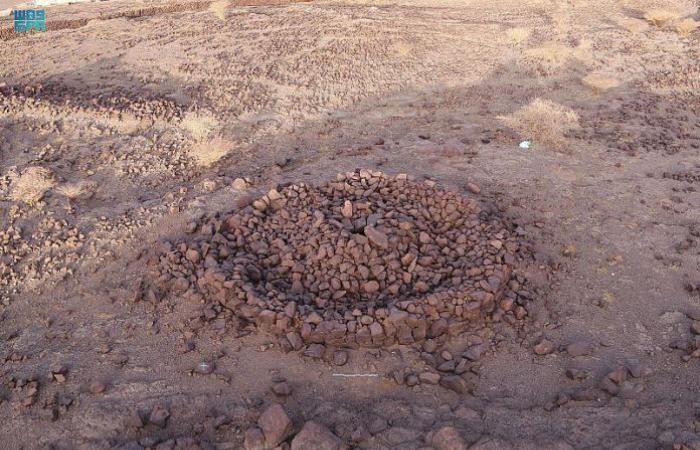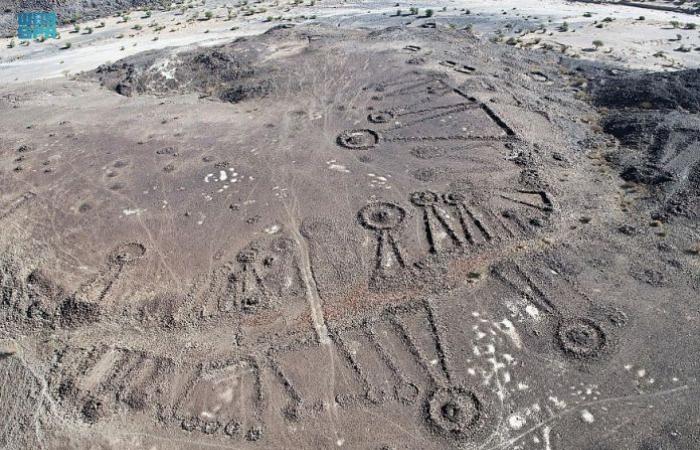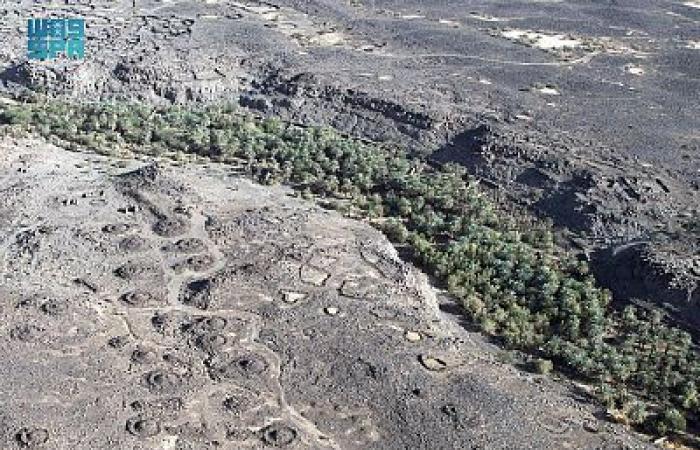The results of the discovery were published in The Holocene, after a year of studies conducted by the University of Western Australia team, which works under the supervision of the Royal Commission for Al-Ula Governorate, to shed light on the life of the ancient inhabitants of the Arabian Peninsula, according to the Saudi Press Agency, “SPA.” “.
Funerary corridors indicate the existence of a sophisticated social network 4,500 years ago, which extended across vast areas of the Arabian Peninsula.
For his part, Chief Executive Officer of the Royal Commission for Al-Ula Governorate, Amr bin Saleh Al-Madani, said, “The more we know about the ancient inhabitants of the northwest region of the Arabian Peninsula, the more inspired we are in our mission to reveal the way they were thinking,” noting that “they lived in harmony with each other.” with nature, honoring their ancestors, and interacting with the wider world.”
He added, “The work done by our archaeological teams in 2021 reflects the Kingdom’s position as a home for advanced sciences, and of course we look forward to having more research teams join this year 2022.”
For her part, Director of Archaeological Research and Cultural Heritage at the Royal Commission for Al-Ula Governorate, Dr. Rebecca Foot, said that “the projects that were launched in Al-Ula and Khyber more than three years ago, and include field surveys carried out by specialized teams such as the University of Western Australia, the results of which have begun to be published.” .
She added: “It is interesting to see what her data analyzes reflect on many aspects of life in the Neolithic to Bronze Age period in northwestern Arabia, and this article is just the beginning of many researches that will enrich our knowledge of the history extending from prehistoric to modern times. Which, of course, will have an important impact on the region in general.”
The University of Western Australia team, in its latest research, headed by researcher Matthew Dalton, used satellite image analysis, aerial photography, ground survey and excavations, to identify and analyze funeral corridors across an area of at least 160,000 square kilometers in the northwest of the Arabian Peninsula, and the team recorded more than 17 , 800 stone burials in the shape of a necklace within the areas of their initial study in the governorates of Al-Ula and Khaybar, where about 11,000 of them form part of the funeral corridors.
The densest concentrations of funerary structures were concentrated in these corridors near permanent water sources, and the direction of the corridors indicates that many of them were relied upon to move between the main oases, including Khyber, Al-Ula and Tayma, while other corridors fade through the landscape surrounding the oases, indicating that they They were used to transport herds of domestic animals to nearby pastures during periods of rain.
Project Director, Dr Hugh Thomas, explained that the research, conducted by the UWA team and researchers from the Royal Commission in AlUla and Khyber, shows how important archeology is in this region to advance our understanding of how its inhabitants lived in the Neolithic and Bronze Age period throughout the Middle East. .
He added: “Our findings show that these facilities linked many inhabited oases located within a vast area, and that the funerary corridors were established about 4,500 years ago. These corridors are particularly concentrated around Khaybar, and constitute one of the most visually dense burial landscapes compared to their peers around the scientist”.
The Royal Commission for Al-Ula has embarked on a 15-year master plan entitled “A Journey Through Time”, which aims to develop the province of Al-Ula and parts of Khyber as a leading global destination for cultural and natural heritage.
Archaeological research in the governorates of Al-Ula and Khyber, carried out by local and international teams, is working to clarify the path of the people’s journey through time in the region, with a focus on discovering details of a history spanning 200,000 years of human history in Al-Ula.
These were the details of the news Saudi Arabia..mysterious “funeral corridors” reveal a 4,500-year-old network of roads northwest... for this day. We hope that we have succeeded by giving you the full details and information. To follow all our news, you can subscribe to the alerts system or to one of our different systems to provide you with all that is new.
It is also worth noting that the original news has been published and is available at saudi24news and the editorial team at AlKhaleej Today has confirmed it and it has been modified, and it may have been completely transferred or quoted from it and you can read and follow this news from its main source.





